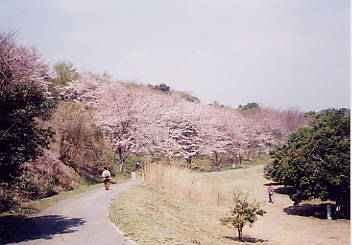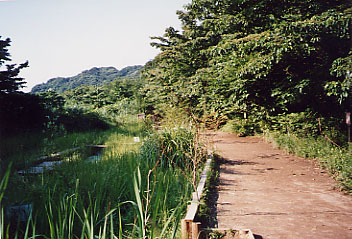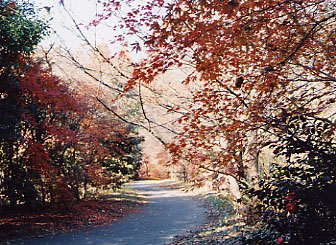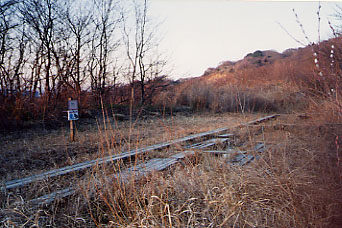- Yokohama-shi Top Page
- Living and Procedures
- Community Development and Environment
- Green park
- Yokohama Green Up Plan
- Pillar of the Plan 1 “Fostering Forests for the Next Generation with Citizens”
- Forest of Yokohama Nature Observation
- Four Seasons in the Forest of Yokohama Nature Observation
Here's the text.
Four Seasons in the Forest of Yokohama Nature Observation
Last Updated August 1, 2024
Forest scenery <Spring>
Spring is the season of awake. Kibushi, Niwatoko, Yamazakura, etc. The buds of the trees swell day by day, opening new leaves and flowers, and the forest changes color more and more.
In the sun, tsuriabs come to the flowers of tachitsubos violets and Himeus, and red frog tadpoles are born in the water.
When spring migration begins, winter birds depart from the north, summer birds depart from the south, and tits do not migrate begin to raise children a little earlier.

Spring scenery of Yokohama Nature Observation Forest
Forest Scenery <Summer>
By the time the dogwood blooms, the forest is completely wrapped in green.
If Genji firefly appears, it is a signal to enter the rainy season. Jaketsuibara and Iwatabako are blooming on the path of the dogwood.
Summer vacation is semi-seasoned. Minminminzemi, higurashi, niizemi, etc. It will be a cicada's Oai chanting. The swallowtail butterfly and onyanma fly around, and the wonderland of insects. Birds born this year are separated from their parents and start living.

Summer scenery of Yokohama Nature Observation Forest
Forest Landscape <Autumn>
At dusk in autumn, the cricket begins to ring.
Red dragonflies jump in the wetlands, and nogiku and hagi are in full bloom in forests and fields. Birds on the way stop by to rest their wings.
Cute mushrooms like forest fairies also appear, and the fruitful autumn is lively. Autumn leaves burn the mountain beautifully, and the trail is eventually squeezed into a carpet of fallen leaves.

Autumn scenery of Yokohama Nature Observation Forest
Forest scenery <Winter>
In the winter forest, the leaves of the trees fall, making you feel lonely at once.
But the wild birds are full of energy. I come here from the northern country or the high mountains. Cold, dry, cold winter...
Insects pass winter under the mud or fallen leaves of the soil. Occasionally, in the warm sunshine, Kitateha and others are enjoying Hinataboko.
Dandelions and Nogeshi are rosettes, and all the tree buds are sleeping. Do your best until spring comes.

Winter scenery of Yokohama Nature Observation Forest
Inquiries to this page
Green Environment Bureau Park Green Space Department Environmental Activity Business Division
Telephone: 045-671-2624
Telephone: 045-671-2624
Fax: 045-550-4554
Email address: mk-jurinchi@city.yokohama.lg.jp
Page ID: 394-322-477







